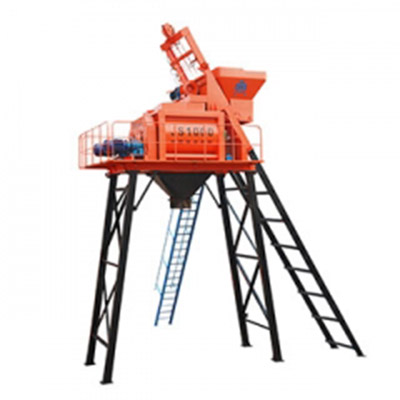Mobile:+86-311-808-126-83
Email:info@ydcastings.com
cooler impeller
The Importance of Cooler Impellers in Modern Cooling Systems
In today’s rapidly advancing technological landscape, efficient cooling solutions are essential across various industries, from automotive to industrial manufacturing. One of the critical components that contribute significantly to the effectiveness of these cooling systems is the cooler impeller. Understanding the function, design, and impact of cooler impellers can provide insights into their importance and application in modern cooling systems.
What is a Cooler Impeller?
A cooler impeller is a rotating component typically found in cooling systems, including radiators and heat exchangers. Its primary purpose is to circulate coolant or air, facilitating the transfer of heat away from critical components. This circulation is crucial for preventing overheating, which can lead to system failures, decreased performance, and, in some extreme cases, catastrophic damage.
The Functionality of Cooler Impellers
The functionality of cooler impellers revolves around their ability to create fluid motion. When the impeller rotates, it creates a pressure differential, allowing the fluid to be drawn in at the inlet and expelled at the outlet. This movement helps to transport heat away from heat-generating elements, effectively maintaining optimal operating temperatures.
In automotive applications, for instance, the impeller is an essential part of the vehicle's cooling system. It helps move coolant from the engine to the radiator, where heat is dissipated into the atmosphere. A well-designed impeller ensures that the coolant flows efficiently, thus maintaining the engine at the required operating temperature and enhancing performance.
Design Considerations
The design of cooler impellers is critical to their efficiency and effectiveness. Several factors must be considered, including the impeller’s shape, size, and material. Impeller shape can significantly influence the velocity and pressure of the fluid being moved; for instance, radial impellers are typically used for their high flow rates, while axial impellers are better for low-pressure applications.
cooler impeller

Material selection is also crucial. Impellers are often made from metals or high-strength plastics that can withstand changes in temperature and pressure. The choice of material can impact not just performance, but also longevity, influencing maintenance costs and reliability.
Advancements in Cooler Impeller Technology
Recent advancements in technology have led to the development of more efficient and effective cooler impellers. Computational Fluid Dynamics (CFD) simulations have enabled engineers to model fluid dynamics accurately, allowing for optimized designs that maximize flow rates and minimize energy consumption.
Moreover, with the growing concern over environmental sustainability, manufacturers are exploring eco-friendly materials and designs that minimize energy usage. Innovations such as variable-speed impellers have emerged, allowing systems to adjust their output based on cooling demand, thereby reducing energy consumption and improving overall system efficiency.
Applications Across Industries
Cooler impellers are not limited to automotive applications; they are prevalent in various sectors, including HVAC systems, computer cooling units, and industrial processes. In HVAC systems, for example, impellers play a vital role in air circulation, impacting indoor air quality and comfort levels. In industrial settings, they are critical for maintaining equipment efficiency, ultimately affecting productivity and operational costs.
Conclusion
In conclusion, cooler impellers are a vital component of modern cooling systems, serving an essential role in maintaining optimal temperatures across various applications. With ongoing advancements in design and technology, these components continue to evolve, promoting efficiency and sustainability in cooling operations. As industries strive for higher performance and lower environmental impact, the significance of cooler impellers cannot be overstated. Understanding and investing in these essential components will undoubtedly lead to better cooling solutions and improved operational efficiencies in the future.
-
Why Should You Invest in Superior Pump Castings for Your Equipment?NewsJun.09,2025
-
Unlock Performance Potential with Stainless Impellers and Aluminum End CapsNewsJun.09,2025
-
Revolutionize Your Machinery with Superior Cast Iron and Aluminum ComponentsNewsJun.09,2025
-
Revolutionize Fluid Dynamics with Premium Pump ComponentsNewsJun.09,2025
-
Optimizing Industrial Systems with Essential Valve ComponentsNewsJun.09,2025
-
Elevate Grid Efficiency with High-Precision Power CastingsNewsJun.09,2025











